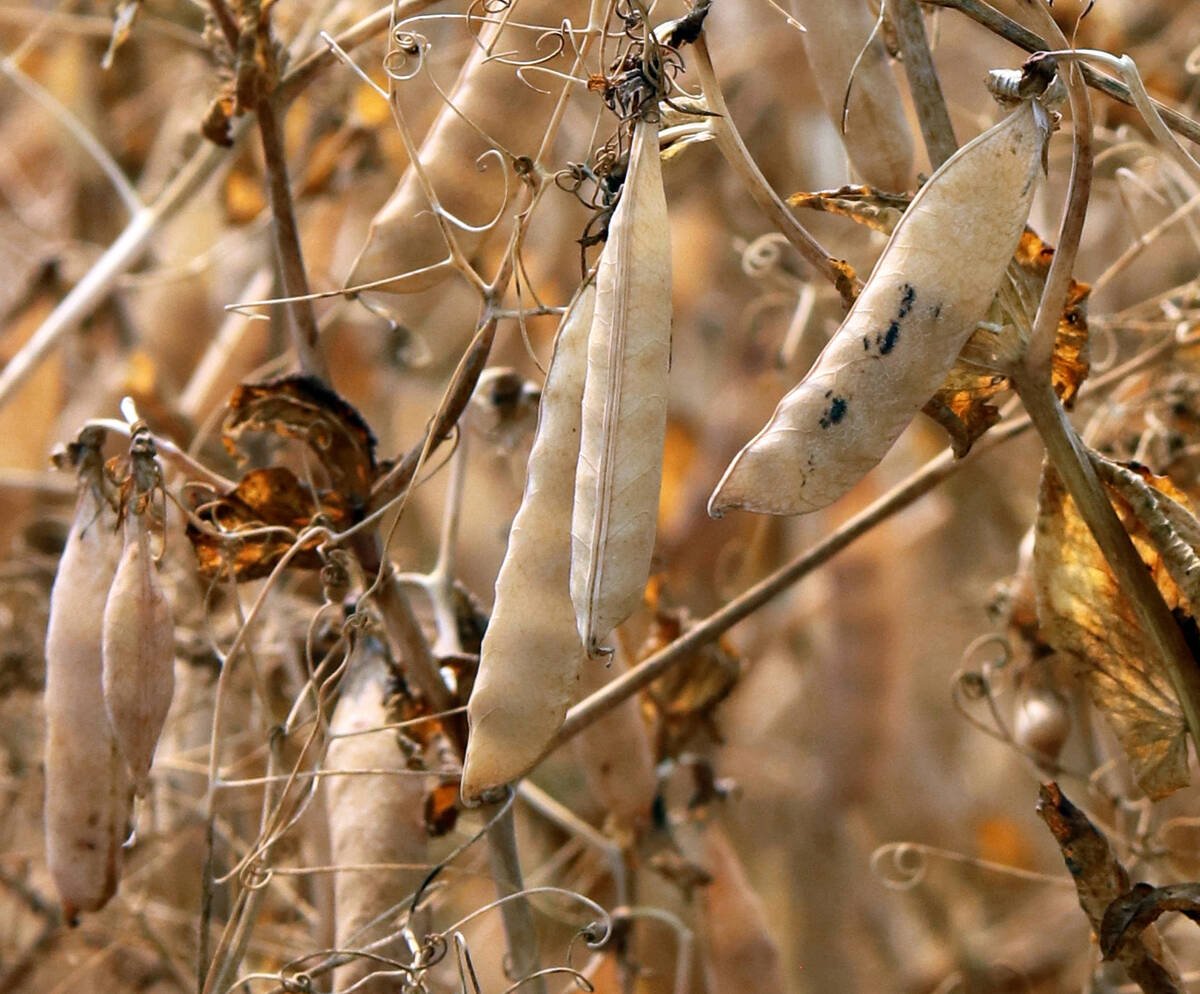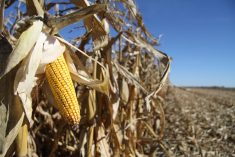There are weeks to go before harvest, but at this point it looks like the Canadian Prairies will produce an average-sized wheat crop this year.
The quality breakdown is still to be decided because crops are a week or two late, pushing harvest back and raising concerns about frost damage.
The Canadian Wheat Board last week estimated the spring wheat crop (excluding durum) at 16.9 million tonnes, up four percent from projections made in June and up 15 percent from last year.
That is almost the same as the forecast of 16.8 million tonnes from the Crop Condition Assessment Program developed and maintained by Statistics Canada, Agriculture Canada, the National Land and Water Information Service and National Agroclimate Information Service.
Read Also

Global pulse consumption to grow
Global per capita pulse consumption is expected to rise 23 per cent by 2034.
Our Winnipeg reporter, Robert Arnason, wrote about the CCAP in the July 24 issue. Satellites measure the Normalized Difference Vegetation Index or NDVI, with correlates to the greenness on the ground and compares it to the norm.
You can access the Crop Condition Assessment Program website from the Agriculture Canada’s drought watch site at www.agr.gc.ca/pfra/drought.
Looking at the CCAP map, it is easy to understand last week’s Wheat Quality Council’s report from a tour of the U.S. northern plains.
The lush green in eastern North Dakota indicates good crops, but the red and yellow in the western part of the state and in Montana indicates less vegetation than normal.
The western areas are where durum is grown and the council forecast a weak durum yield.
In Canada, areas south of the Trans-Canada Highway from Brooks, Alta., to Brandon are normal to below normal on the vegetation index, while most areas north of the highway are above normal, except for the Peace River region, areas west of Edmonton and parts of eastern Saskatchewan along the Manitoba border, all showing normal to below normal vegetation.
The CWB also forecast a durum crop of 5.2 million tonnes compared to 3.7 million last year and a barley crop of 10.1 tonnes, down from 10.3 million last year.
The improved Canadian production scenario since June was echoed in other major wheat production zones.
The International Grains Council now projects a record world wheat crop of 662 million tonnes. That is up four million tonnes from June and 54 million or nearly nine percent up from last year.
The IGC world durum production 2008 forecast is 37.8 million tonnes, down 700,000 tonnes from June, but an increase of 2.9 million from the year before and the largest in four years.
















